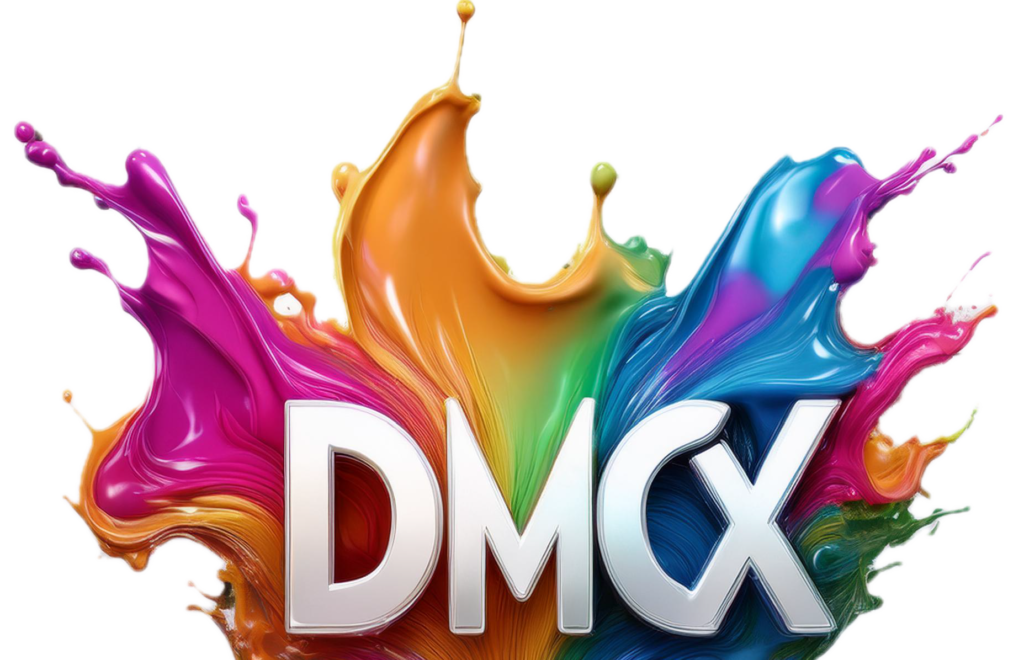Introduction
In the ever-evolving landscape of the music industry, artists have continuously sought innovative ways to express their creativity and connect with audiences. One such medium that has emerged as a powerful tool for communication is the music video. This visual counterpart to musical compositions has not only become a ubiquitous part of the music experience but has also proven to be an influential force in conveying messages, emotions, and artistic visions. To understand the profound impact of music videos, it’s essential to explore their origins and the reasons behind their global significance.
Origins of Music Videos
The concept of combining music with visuals predates the music video as we know it today. Early attempts can be traced back to the 1920s, when artists began experimenting with synchronizing sound and image in short films. However, it wasn’t until the 1970s that music videos truly began to take shape. The advent of portable video recording equipment and the rise of television as a dominant medium played pivotal roles in this development.
One of the earliest notable examples is Queen’s “Bohemian Rhapsody” (1975), a groundbreaking video that blended narrative elements with the band’s performance. As technology advanced, so did the possibilities for visual storytelling. The 1980s saw the explosive growth of music videos, fueled by the launch of MTV in 1981. The channel became a driving force behind the popularization of the music video format, turning it into a mainstream phenomenon.
The Symbiotic Relationship: Music and Visuals
Music has an inherent ability to evoke emotions and convey messages through its auditory elements. However, the addition of visuals in the form of music videos elevates the entire experience by engaging multiple senses simultaneously. The synergy between sound and visuals allows artists to communicate their narrative more comprehensively, fostering a deeper connection with the audience.
Music videos provide a platform for artists to expand on the themes explored in their songs. Whether it’s through cinematic storytelling, symbolic imagery, or abstract visuals, musicians can amplify the impact of their message. This combination of auditory and visual elements has the power to evoke strong emotional responses, making the audience’s connection to the music more profound.
Global Impact and Cultural Influence
The globalization of music videos has been instrumental in shaping the cultural landscape. As these visual representations of music gained popularity, artists found themselves reaching audiences far beyond their immediate geographic locations. Music videos became a universal language, transcending linguistic and cultural barriers.
Icons like Michael Jackson, Madonna, and Prince became synonymous not only with their musical prowess but also with their visually striking music videos. These artists used the medium to express their identities, challenge societal norms, and push artistic boundaries. The global accessibility of music videos enabled audiences worldwide to experience diverse perspectives and cultural nuances, contributing to a more interconnected global community.
The Digital Era: Accessibility and Innovation
The advent of the internet and digital platforms marked a new chapter in the evolution of music videos. With the rise of platforms like YouTube, artists gained unprecedented access to a global audience without the traditional constraints of television airtime. This democratization of distribution allowed emerging artists to showcase their work alongside established musicians, fostering a more inclusive and diverse music landscape.
Furthermore, advancements in technology have empowered artists to experiment with innovative visual concepts. From virtual reality experiences to interactive videos, musicians are pushing the boundaries of creativity, offering audiences immersive and memorable experiences. The digital era has not only made music videos more accessible but has also fueled a culture of visual storytelling that extends beyond the confines of traditional music channels.
Conclusion
Music videos have evolved from experimental visual accompaniments to a fundamental component of the music industry. The symbiotic relationship between music and visuals has created a dynamic medium transcending cultural, linguistic, and geographic boundaries. Through the lens of a music video, artists can convey their messages with unparalleled depth and impact, leaving an indelible mark on the global cultural landscape. As technology continues to advance, the future of music videos holds exciting possibilities, promising further innovation and creative exploration in the realm of visual storytelling.
You can also check out Rollingstones article on the Top 100 Music Videos to see if you can find your favourite.
























